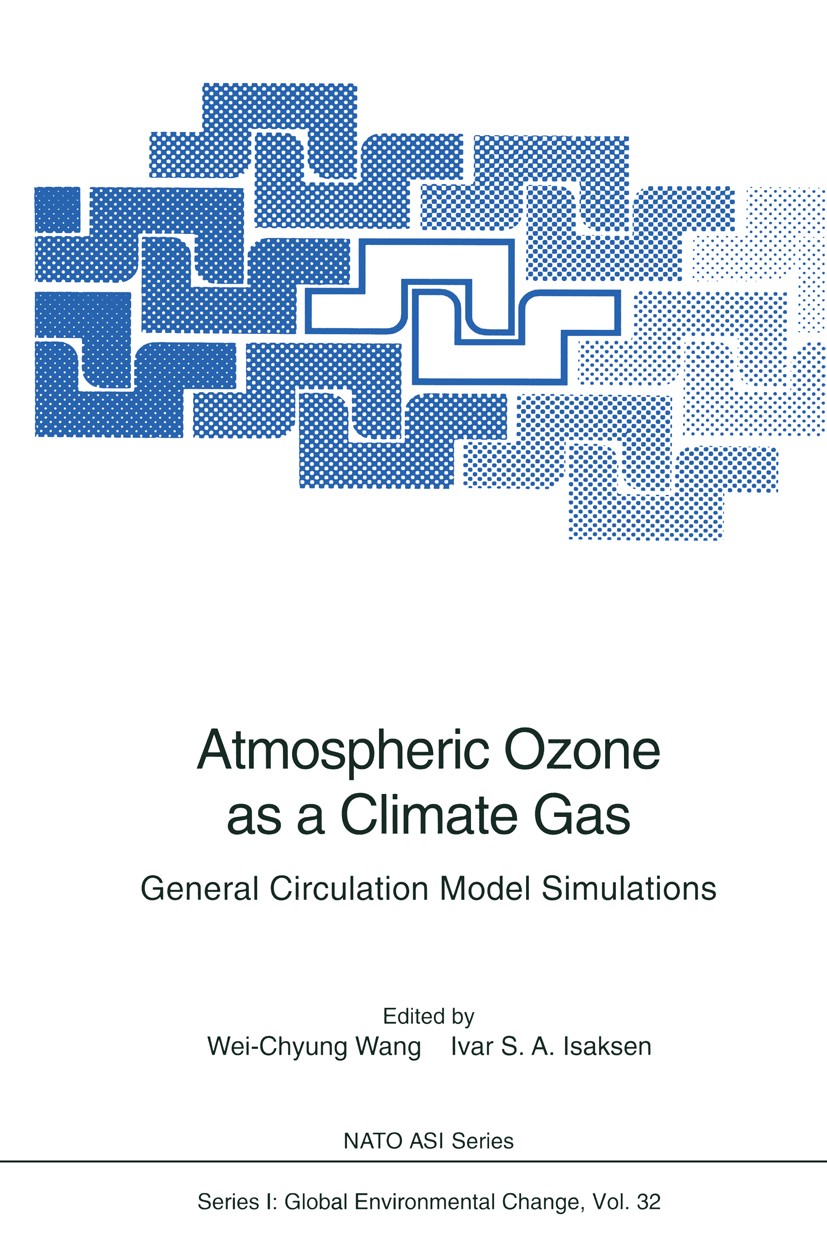| 期刊全稱 | Atmospheric Ozone as a Climate Gas | | 期刊簡稱 | General Circulation | | 影響因子2023 | Wei-Chyung Wang,Ivar S. A. Isaksen | | 視頻video | http://file.papertrans.cn/165/164634/164634.mp4 | | 學(xué)科分類 | Nato ASI Subseries I: | | 圖書封面 |  | | 影響因子 | One of the major findings in the 1992 IPCC report and the 1994 World Meteorological Organization‘s Ozone Assessment report was the identification of possible climatic effects over the last few decades resulting from anthropogenic ally-induced changes in atmospheric ozone. The initial quantitative estimates of their direct climatic effects indicate significant impacts, though large uncertainties exist and studies using general circulation models are needed. A point that needs to be addressed in particular is that atmospheric ozone differs from greenhouse gases in that it is formed and destroyed by chemical processes in the atmosphere due to interaction involving a large number of source gases (e. g. H0, NO ‘ CO, 2 x NMHC, N0, CH and the CFCs). Therefore, the indirect effect of climate-chemistry 2 4 interaction involving atmospheric ozone is an important aspect for consideration in general circulation models. During the last few years, there have been several international workshops related to atmospheric ozone. In 1987, a NATO workshop on atmospheric ozone was held in Lillehammer, Norway. More recently, two workshops were organized to discuss the topic "General Circulation Model Stu | | Pindex | Conference proceedings 1995 |
The information of publication is updating

|
|
 |Archiver|手機(jī)版|小黑屋|
派博傳思國際
( 京公網(wǎng)安備110108008328)
GMT+8, 2025-10-16 19:01
|Archiver|手機(jī)版|小黑屋|
派博傳思國際
( 京公網(wǎng)安備110108008328)
GMT+8, 2025-10-16 19:01


